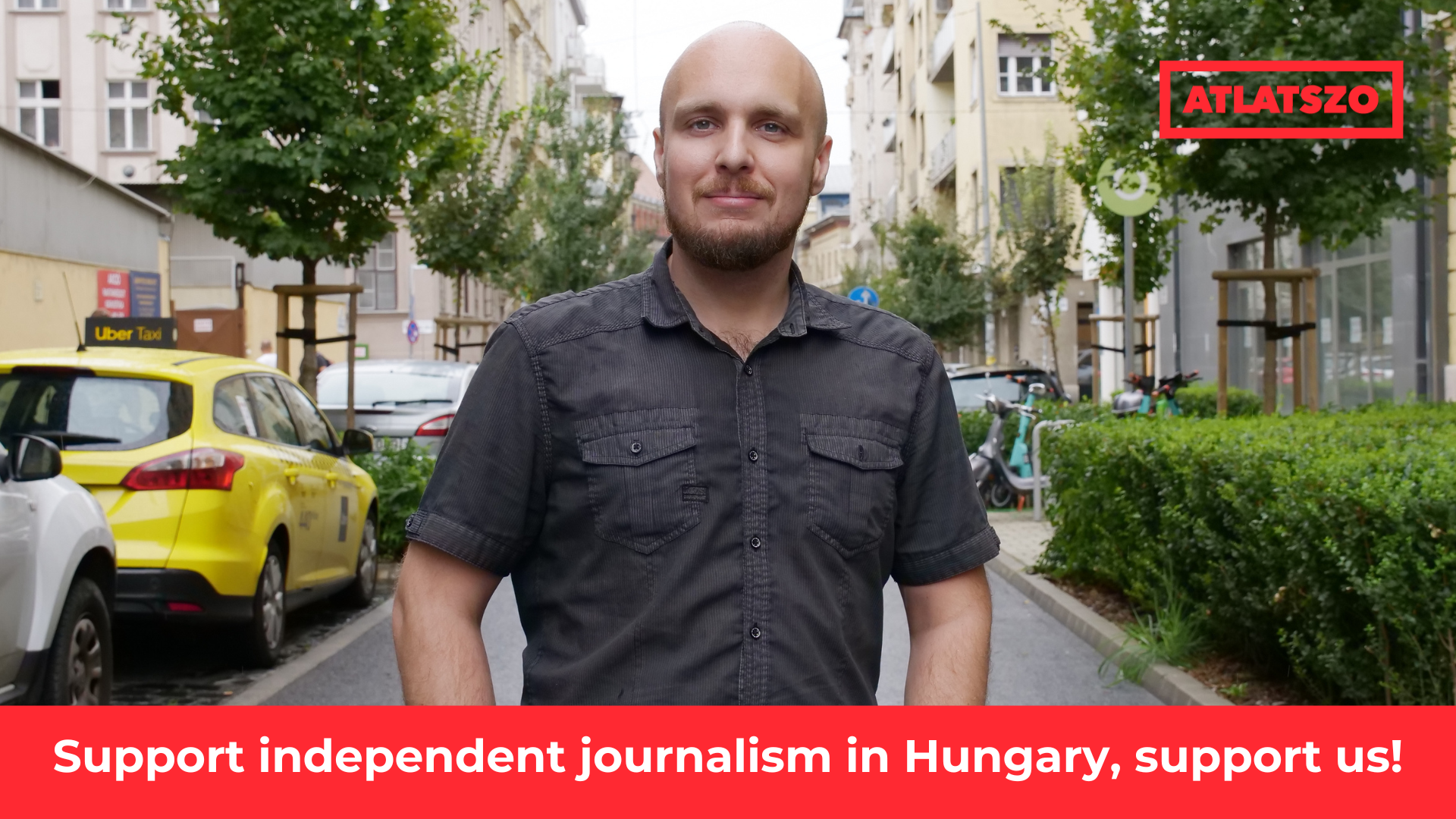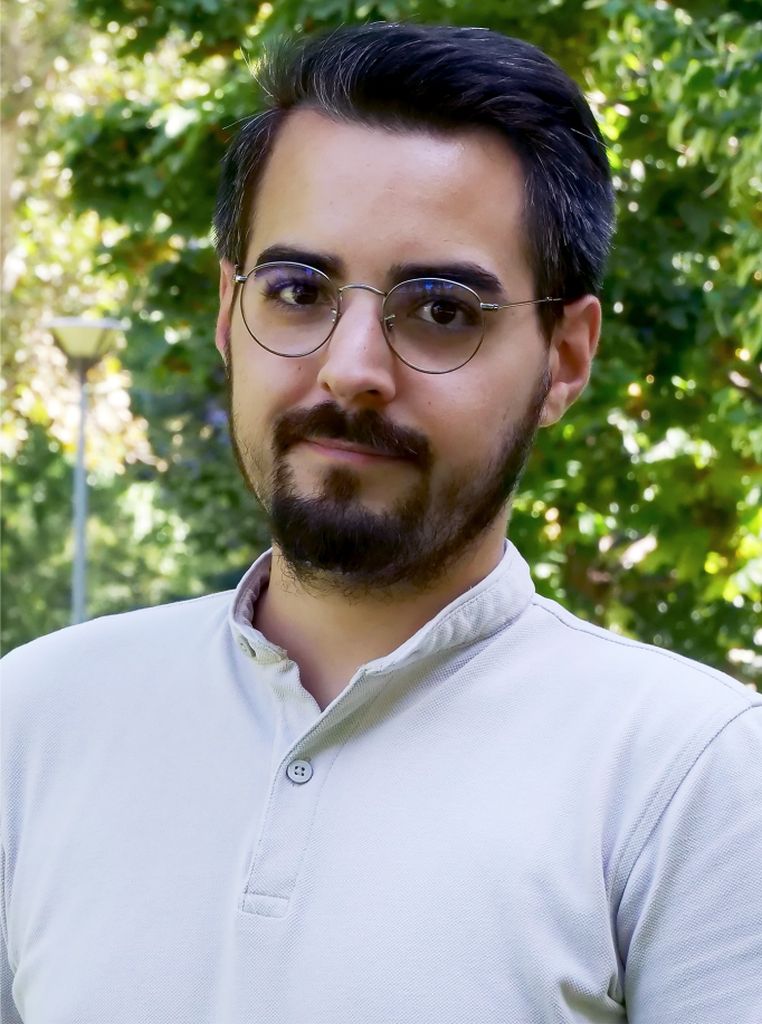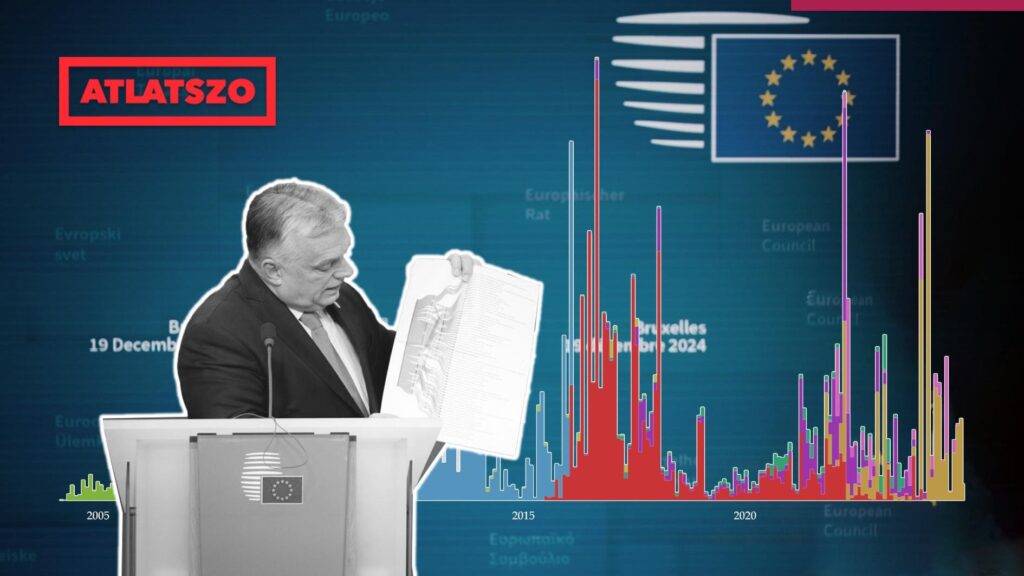The https://english.atlatszo.hu use cookies to track and profile customers such as action tags and pixel tracking on our website to assist our marketing. On our website we use technical, analytical, marketing and preference cookies. These are necessary for our site to work properly and to give us inforamation about how our site is used. See Cookies Policy
Browse the fate of 32 billion forints of EU funding on an interactive tracker and map
According to data available on the Hungarian government’s tendering portal, between 2004 and 2024, a total of HUF 32,321 billion in EU funding was awarded to 161,000 applicants under nine development programmes, winning nearly 500,000 applications. Most of the money was allocated under the New Széchenyi Plan, Széchenyi 2020 and Széchenyi Plan Plus. These programmes were set up to enable the Hungarian State to pass on the financial resources it receives from the European Union to the winners of the applications. However, half of the total money was distributed among only 77 applicants: most of it went to state-owned companies for various developments. In this article, we present how the EU funds were distributed over the last two decades.
We’ve compiled the database of winning applications found on the Hungarian government’s grant portal and created a tracker page with charts, maps and a unique analytical application to browse the database of nearly 500,000 winning applications.

In addition, the database is automatically updated every day, so users can access the most up-to-date data on the site every day. It is also important to make such a database easy to access, as the official tender portal limits the number of items that can be downloaded at a time to a few hundred, making it almost impossible to simply download the entire database from the official site.
The Hungarian-language tracker page can be accessed via this link.
Although the tracker page contains all the data, so it also shows winning applications up to 2025, in this article we have processed the data for the charts up to the most recently closed year, 2024. These charts and data are therefore slightly different from the data on our tracker site, but only because of the missing 2025 data. However, the data on the tracker page shows the database in a much more raw state: since the purpose of that page is to encourage users to download and post-process the full database, we present it without any data cleaning. This way, errors due to the raw format can be found in the database.
In this article we have mostly corrected these errors. The main problem is the names of the winning applicants, where one applicant can have more than one variation for a name, which can be caused by typos or abbreviations in front of the full name, among other things. However, misspellings were also found in a number of municipalities.
First, let us take a closer look at the distribution of applications and development programmes over time.
Grants awarded over time
The winning applications were implemented under nine development programmes: the KTIA (Research and Technological Innovation Fund), the NFT (National Development Plan), the EU 2007-2013 (New Széchenyi Plan), Széchenyi 2020, Széchenyi 2020 Rural Development Programme, Széchenyi 2020 Financial Instruments, the RRF (Recovery and Resilience Plan), Széchenyi Plan Plus and the Brexitkár-Enyhítő Investment Support Plan. The first call for proposals is linked to the KTIA from 1992, although the KTIA was only established on 1 January 2004 by Act XC of 2003. These were presumably carried out under the Central Technical Development Fund, which existed between 1988 and 2004 and was replaced by the KTIA when it was created.
Since 2004, the number of successful applications has been regular, but before EU accession on 1 May 2004, 41 applications from 2004 are already listed under the KTIA and NFT development programmes. According to the description on the application page, the 1st National Development Plan after EU accession “started in the fifth year of the 2000-2006 programming period, with a total of around HUF 1200-1300 billion of development funds at the planning rate”.
Most of the funding awarded was allocated under Széchenyi 2020: between May 2015 and December 2023, HUF 10,873 billion was allocated to 50,850 winning applications. However, the largest number of applications was made under the Széchenyi 2020 Rural Development Programme, with 307,003 applications, but only HUF 3,438 billion in total.
This is also due to the aim of the Rural Development Programme, as this development programme was launched “primarily to support micro, small and medium-sized enterprises in the field of agriculture and the food industry”. On average, an applicant received HUF 11 million of support under this programme.
The graph below shows the number of grants awarded and the number of applications per month. Although there were already periods of high performance during the first New Széchenyi Plan, it was only at the start of Széchenyi 2020 that the number of monthly awards really jumped.
The peak was in the summer of 2016, when more than HUF 1,000 billion was distributed in one month.
A similar amount was awarded in March 2022, when HUF 964 billion was distributed across seven development programmes at the same time, half of it under the Széchenyi 2020 RDP. The third highest jump was at the beginning of the Széchenyi Plan Plus in February 2024, with HUF 869 billion.
In terms of the number of applications, Széchenyi 2020 RDP dominated, with a major round of announcements of winners almost every December and March.
So the time charts as described above only go up to the end of 2024, but the tracker page already includes 2025 data. This will be further extended in the future with new monthly data, as Széchenyi Plan Plus will run until 2027.
This article continues, the full interactive version in Hungarian is available on this link.
Written by Krisztián Szabó, translation by Krisztián Szabó. The Hungarian version of this story is here. Cover photo: Átlátszó montage (Viktor Orbán in Brussels on 19 December 2024, source: Facebook)

